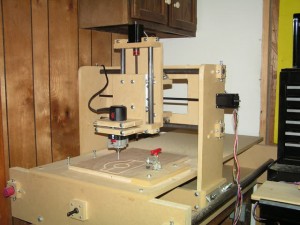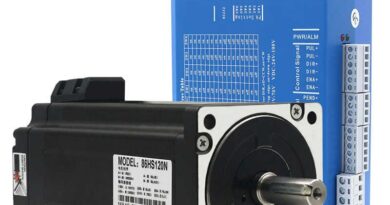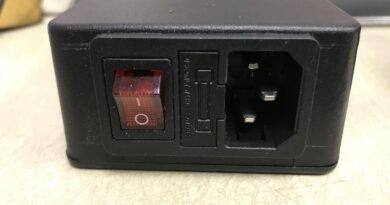Basics of CNC Routers
A Computer Numerical Controlled router, also known as a CNC Router, is a machine that is controlled by a computer to make composites in material like steel, aluminum, plastic, wood, and foam. It is important to choose a CNC router that will be able to handle all the work requirements that are thrown at it. The two big considerations there are when choosing a CNC router is, how many axes does your router need and what type of motor will you be using. In most cases there are four levels a CNC machine may use, and they all depend on how many axes you intend to use.
2 Axis – Usually, you will see these low-end routers being used by hobbyist for basic household items. These types of CNC routers do not use a true Z axis, making them not a great fit for industrial applications.
3 Axis – The 3 axis CNC router is among the most common. It uses an eight foot long X axis, four foot Y axis, and a six inch Z axis.
4 Axis – By introducing a fourth axis to the machine it will be able to rotate around the vertical axis. Four axis CNC routers are also chosen for work on a CNC lathe for mill work or in advanced carvings.
5 Axis – These CNC routers are able to rotate on two additional axes (compared to the 3 axis) for cutting three dimensional objects without having to re-position. A 5 axis CNC router has the ability to machine five sides of a cube at one time.
Most small to medium sized businesses will choose to use a 3 or 4 axis machine, while a hobbyist will be fine using a 2 axis. Five axis CNC routers are most commonly used in industries related to automobile, aerospace, or boating.
There are two types of motors that can be used to power your CNC router, the stepper motor or servo motor. In a previous article, titled CNC Motors, we discuss the difference between the two motors. There are pros and cons to using either type of motor, read the article to decide which one will fit your needs.



